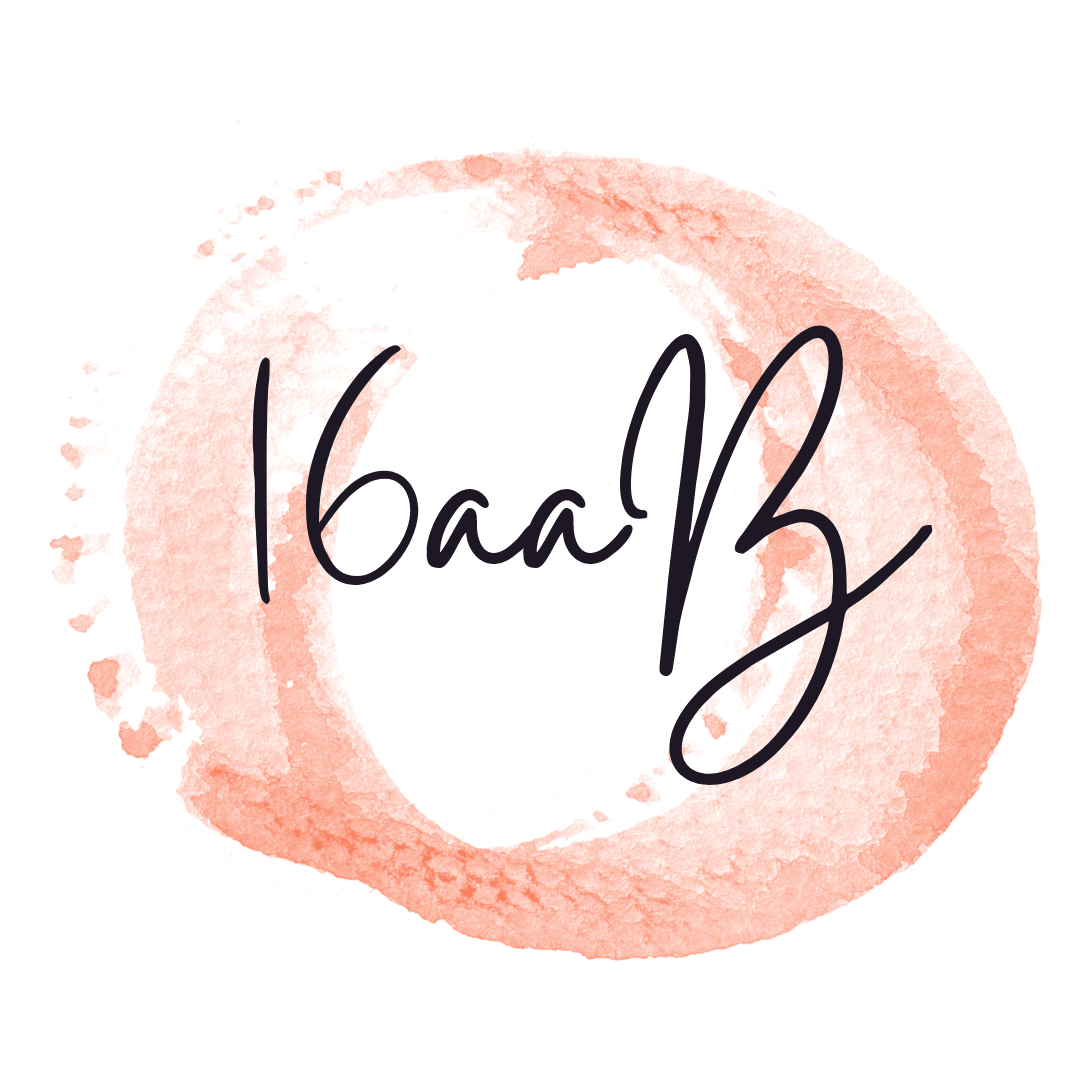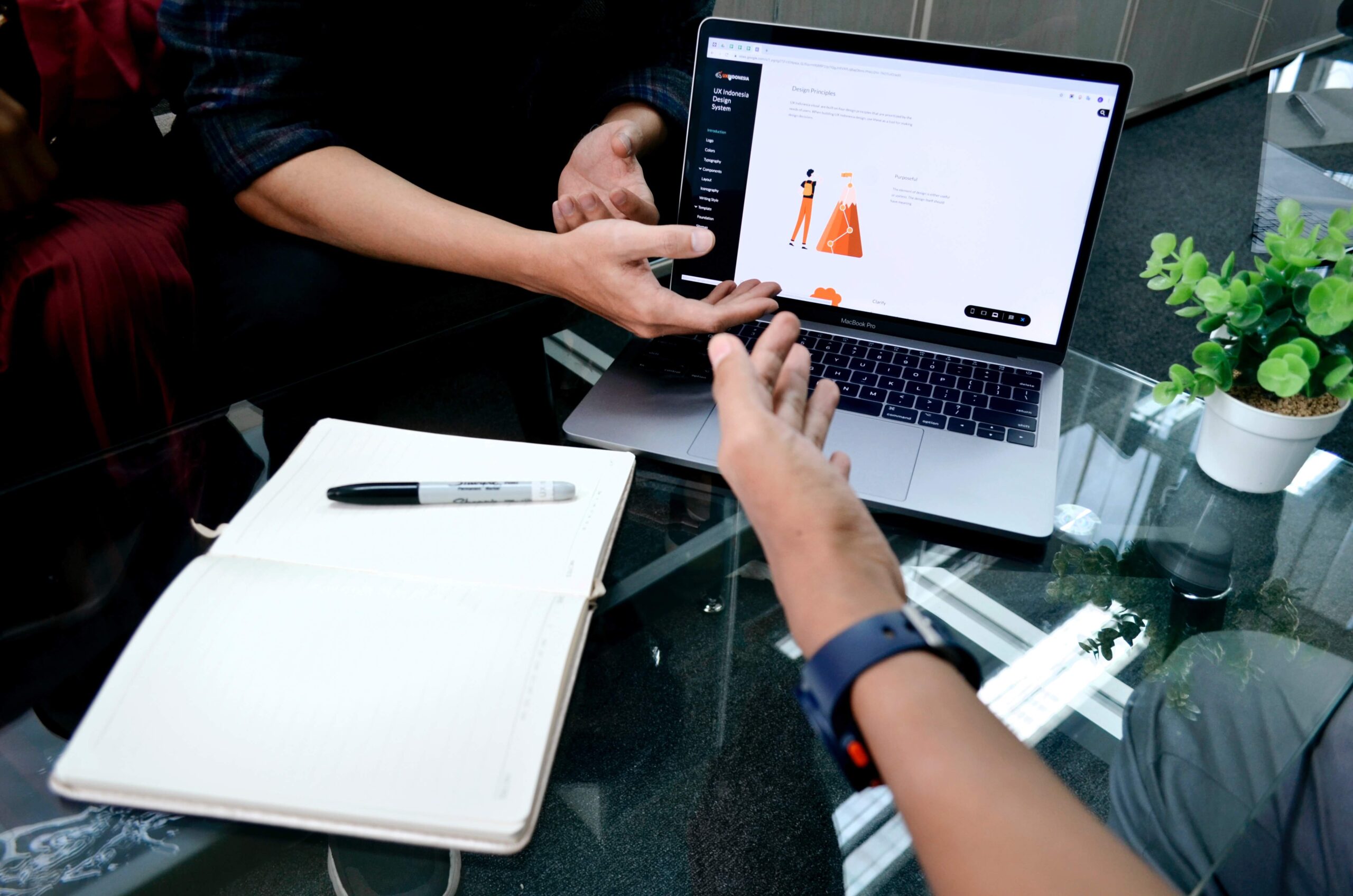A buyer’s journey is a model used to describe the steps a potential customer takes when deciding to buy a product or service. This article will discuss the stages of a buyer’s journey, and how you can use your website to help guide customers through these stages.
Awareness Stage
The first stage of the buyer’s journey is awareness. This is when a potential customer becomes aware of your product or service. You can achieve this stage by creating a strong brand image, advertising your product or service, and engaging with your target market online.
Interest Stage
The interest stage is when a potential customer starts to become interested in your product or service. They may read consumer reviews or research the topic before making a decision. You can encourage this stage by providing useful information and advice, and by providing an easy purchase process.
Preparation Stage
The preparation stage is when a potential customer starts to make preparations for their purchase. They may decide which product or service they want, research prices and availability, and make payment arrangements.
Consideration Stage
The consideration stage is when a potential customer is considering their purchase. They may compare different products or services, and decide which to choose. You can encourage this stage by providing helpful information and advice, and by providing a purchase process that is easy to follow.
Purchase Stage
The purchase stage is when a potential customer makes their purchase. They may have to complete a few additional steps, such as signing up for a subscription, but the main purchase is complete. You can encourage this stage by providing helpful information and advice, and by ensuring that the purchase process is easy to follow.
Feedback Stage
The feedback stage is when a potential customer starts to use the product or service they purchased. They may provide you with feedback, or ask for further help. You can encourage this stage by providing helpful information and advice, and by providing a high level of customer service.
Follow-Up Stage
The follow-up stage is when a potential customer continues to use the product or service they purchased. They may contact you to ask for help, or to update you on their progress. You can encourage this stage by providing helpful information and advice, and by responding quickly to customer queries.
Retention Stage
The retention stage is when a potential customer keeps using the product or service they purchased. They may refer other people to you, or tell others about your product or service. You can encourage this stage by providing helpful information and advice, and by providing a high level of customer service.
Conclusion
By understanding the stages of a buyer’s journey, you can create more effective websites that are tailored to each stage.


